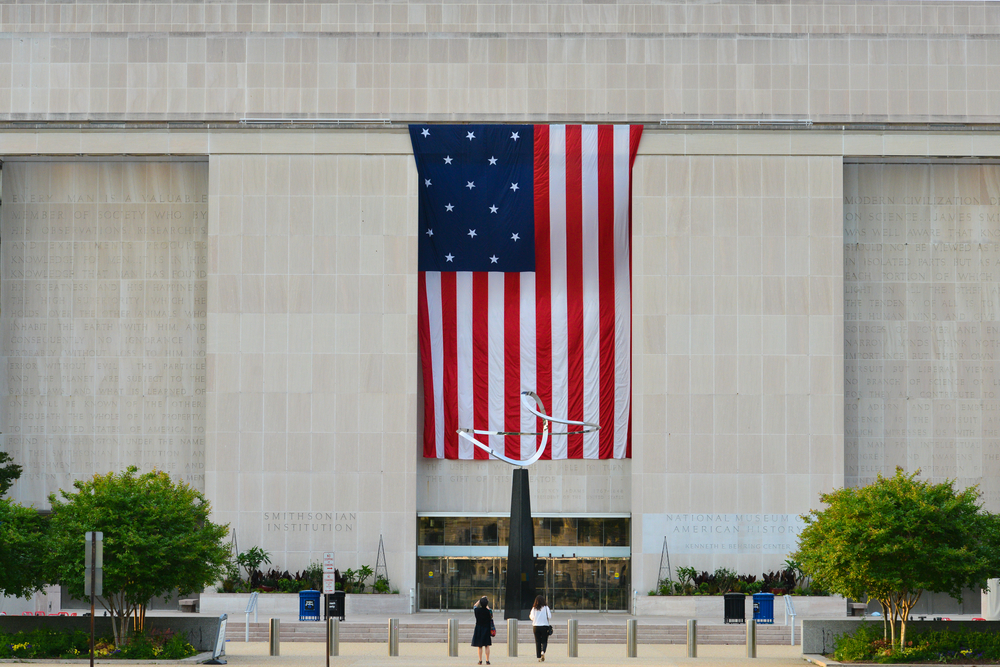ALS Ice Bucket Part of Smithsonian’s ‘Giving in America’ Philanthropy Exhibit

The Smithsonian’s National Museum of American History opened its long-term exhibition “Giving in America” on Nov. 29 to display the history of philanthropy’s role in shaping the United States.
The collection includes one of the first buckets that tied the Ice Bucket Challenge to amyotrophic lateral sclerosis (ALS), which eventually went viral over social media.
The “Giving in America” exhibition is integrated in a larger initiative, the Smithsonian Philanthropy Initiative, which was launched in 2015 to explore philanthropy’s collaborative potential.
Giving in America” explores how charity and philanthropy have marked the course of American history, especially through religion in the country’s earlier years. Contemporary philanthropy offers examples like the ALS Ice Bucket Challenge, which challenged people to donate to the ALS Association and tip a bucket filled with ice water over their heads to show their solidarity and support.
One of the first documented instances linking the challenge to ALS happened after professional golfer Chris Kennedy reportedly challenged his cousin, Jeanette Senerchia – whose husband suffers from ALS – to tip a bucket of ice water over her head. That bucket is featured in the Smithsonian.
The challenge quickly went viral and over 17 million people participated, spreading awareness across social media platforms and prompting financial donations from around the world.
The exhibition is centered around four major themes of philanthropy: “who gives?”, “why do we give?”, “what do we give?”, and “how do we give?”
To illustrate this, curators used different artifacts, from a silver communion dish given to Brattle Street Church in Boston by Thomas Hancock to an alms box of the 1800s to Kennedy’s and Senerchia’s ALS ice bucket.
The exhibition also includes a new curatorial position. Amanda B. Moniz has been named the museum’s David M. Rubenstein Curator of Philanthropy, starting in mid-December. Moniz has an extensive research record on the role of philanthropy in the United States and is also an accomplished author.
The Smithsonian Philanthropy Initiative is partly funded through a grant from the Bill & Melinda Gates Foundation. The complete funding program includes the second annual “The Power of Giving: Philanthropy’s Impact on American Life,” a symposium with activities that invite the audiences to share their #AmericanGiving stories.
“Philanthropy is not unique to the United States, but Americans’ ideals of participation, equality, resourcefulness and shared responsibility have shaped a distinctive form of giving in our nation,” John Gray, director of the museum, said in a press release. “One of the major goals of this exhibition is to inspire future generations to continue to give of their time, talent and resources.”






